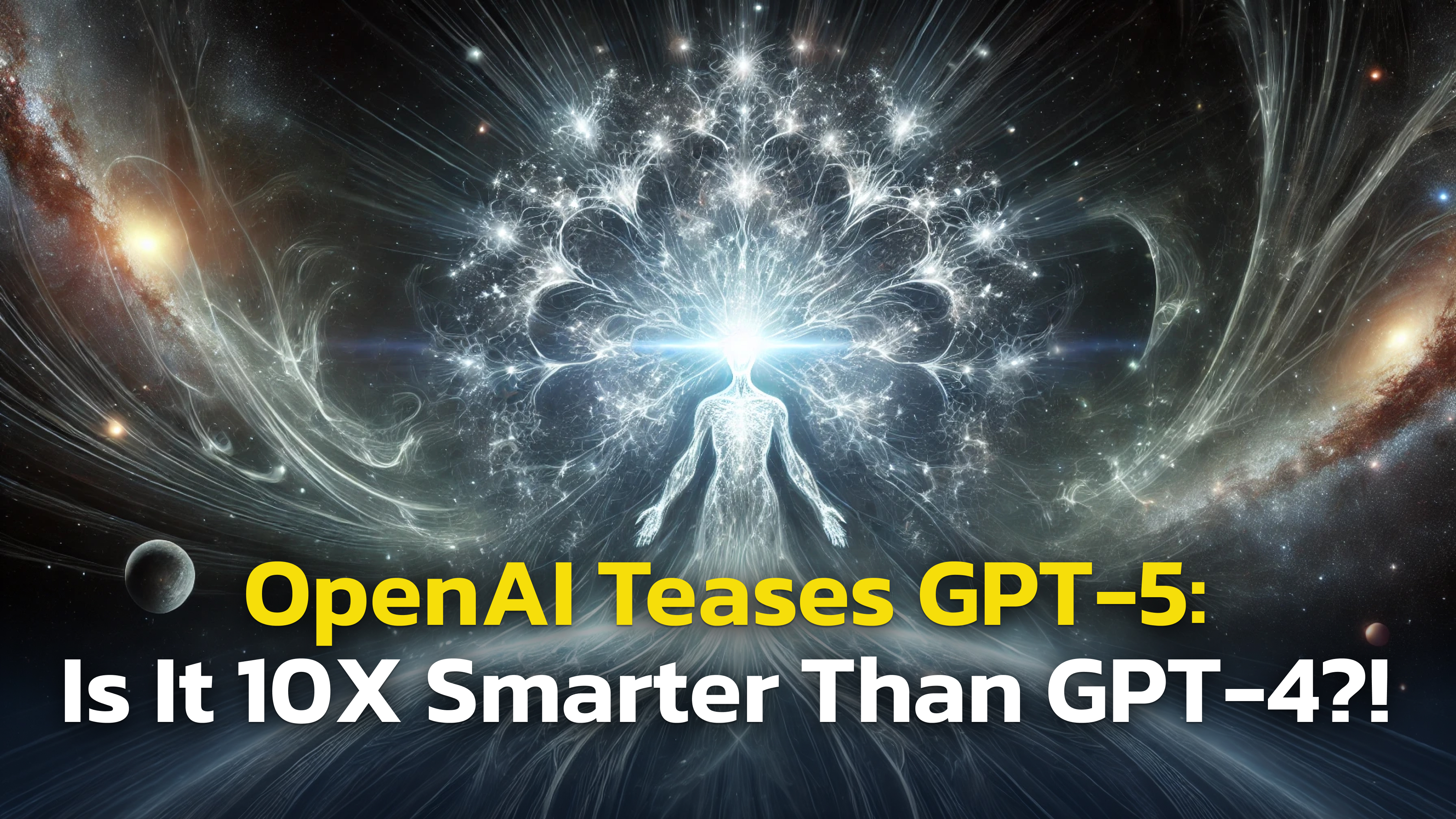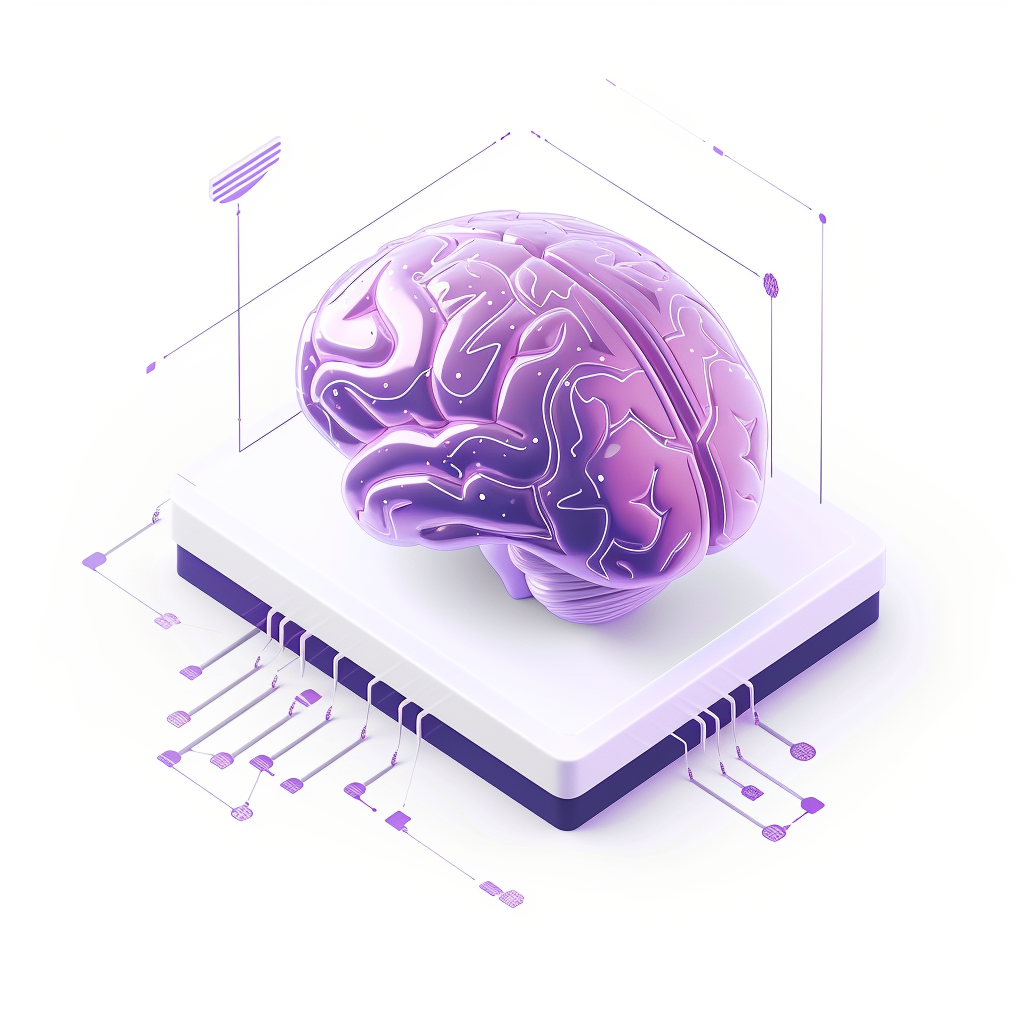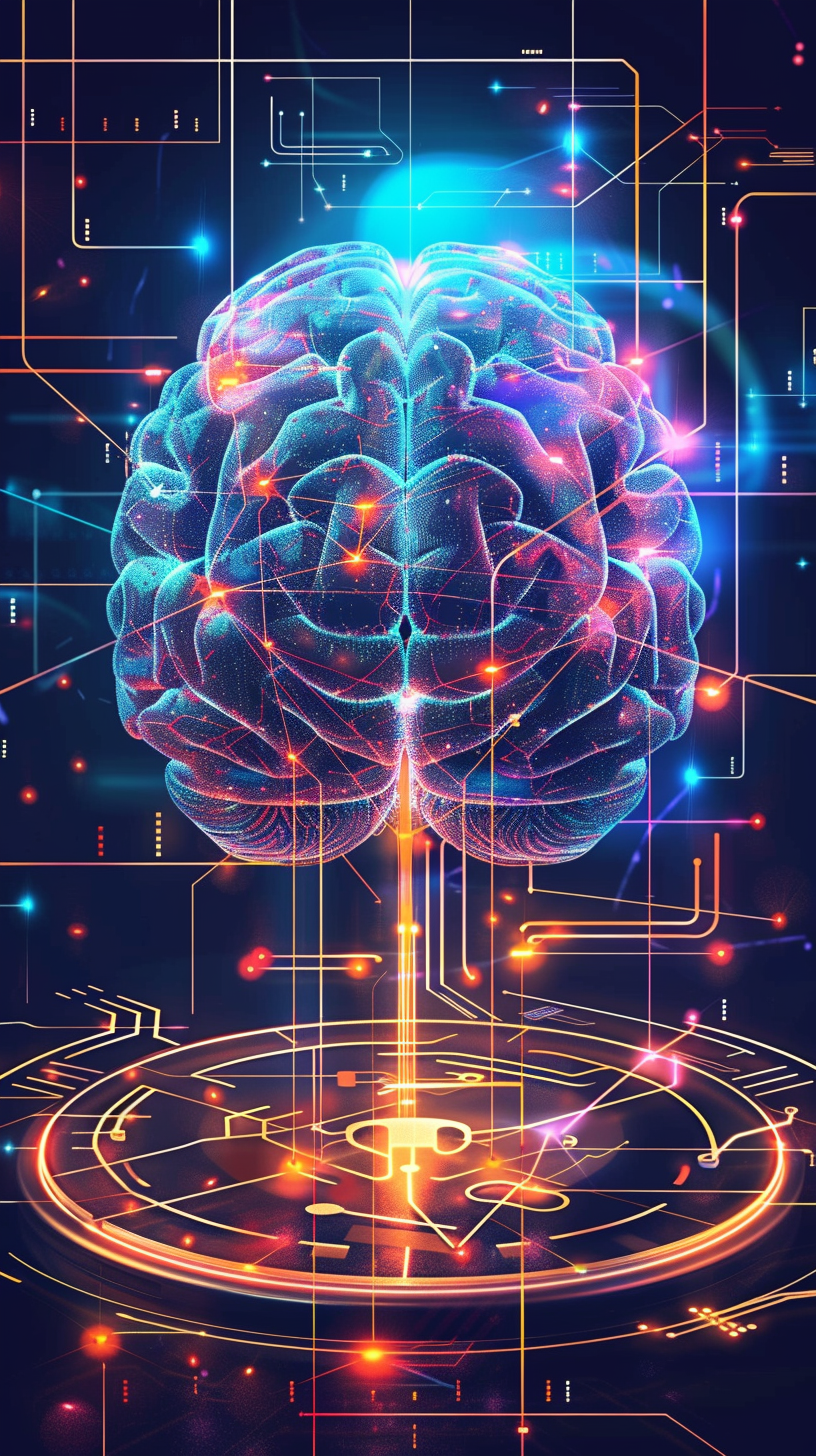Today, OpenAI CEO Sam Altman has shared a roadmap update for GPT-4.5 and GPT-5 on X (Twitter), outlining key changes in how the company approaches AI development. GPT-4.5, internally called Orion, will be the last model without chain-of-thought reasoning, paving the way for more advanced capabilities in GPT-5.
The update also signals a shift toward a unified AI system, merging the GPT and o-series models into a single, more capable product. ChatGPT users will get free, unlimited access to GPT-5, while higher intelligence levels will be available through paid plans.
OPENAI ROADMAP UPDATE FOR GPT-4.5 and GPT-5:
— Sam Altman (@sama) February 12, 2025
We want to do a better job of sharing our intended roadmap, and a much better job simplifying our product offerings.
We want AI to “just work” for you; we realize how complicated our model and product offerings have gotten.
We hate…
Beyond these official announcements, GPT-5 raises broader questions about its capabilities, training costs, and impact on the AI landscape. In this article, we’ll take a deeper look at what’s confirmed, what’s speculated, and what it all means for the future of AI.
OpenAI’s Roadmap Update
Sam Altman’s announcement was clear and direct: OpenAI is streamlining its product offerings to make AI “just work” for its users. He acknowledged that the current experience, with a myriad of models and a confusing model picker, needed simplification. The roadmap points to an imminent release of GPT-4.5, which will be the last model without the chain-of-thought capabilities—a feature that allows the model to reason step by step.
Altman explained that after GPT-4.5, OpenAI will integrate its reasoning models (like the o3 series) into a unified system, GPT-5. This integration aims to combine the strengths of both the GPT and o-series models, ensuring that the AI can decide when to perform deep reasoning or provide quick answers. This move represents a significant shift toward a “magic unified intelligence” that automatically adapts to the user’s needs.
The roadmap that Altman introduced includes following near-term priorities:
- GPT-4.5 (“Orion”): The last model before OpenAI fully embraces chain-of-thought reasoning. Expected to be released within weeks.
- GPT-5: A major leap forward, integrating OpenAI’s o-series reasoning models, reducing hallucinations, and offering multimodal support for text, images, and voice. Expected within a few months.
- Eliminating Model Confusion: OpenAI wants AI to “just work,” removing the model picker UI and replacing it with a smart, unified AI that selects the best approach for each task.
- Subscription Tiers: Free-tier users will have access to GPT-5 at a standard intelligence level, while Plus and Prosubscribers will gain access to higher reasoning capabilities.
What to Expect from GPT-5
GPT-5 is shaping up to be a major leap forward in AI technology, integrating enhanced reasoning, multimodal capabilities, and improved efficiency. OpenAI’s latest roadmap suggests that the model will not only be larger and more powerful than GPT-4 but will also simplify the user experience by unifying multiple AI systems into one.
Unlike previous iterations where different models specialized in specific tasks, GPT-5 will incorporate advanced reasoning from the o-series directly into its core system. This means users won’t have to toggle between different AI models—the system will automatically determine the best approach, whether that’s quick answers or deep analytical reasoning.
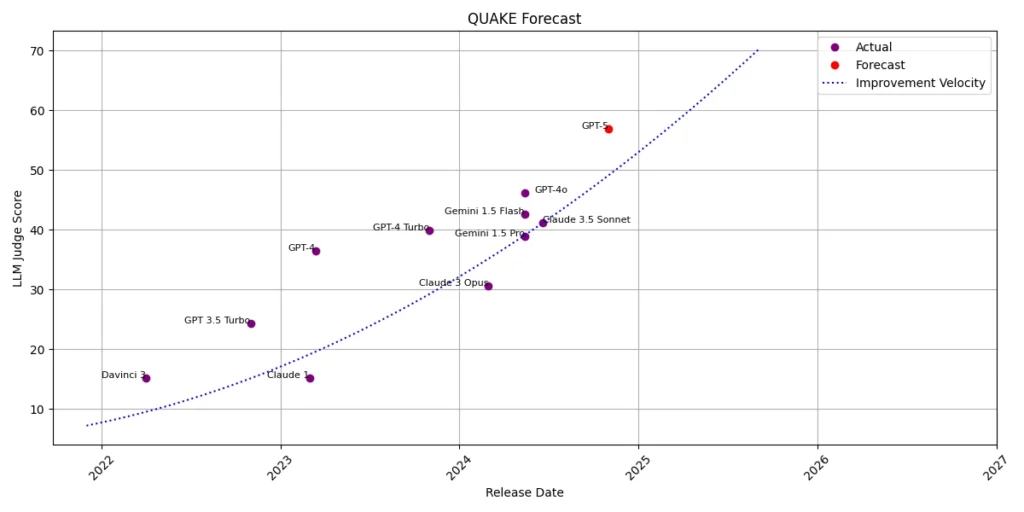
Another key upgrade is expanded multimodal support, making GPT-5 more than just a text-based AI. The model is expected to handle text, voice, images, and even video processing, providing an interactive experience that adapts to different user needs. Speculation also points to built-in search and deep research capabilities, making it a more reliable tool for knowledge work and problem-solving.
A Look at GPT-5’s Expected Performance Boosts
Based on leaked reports and speculation, GPT-5 is projected to be significantly larger and more capable than its predecessors. Here’s how it compares:
| Attribute | GPT-4 | GPT-5 (Estimated) |
|---|---|---|
| Parameters | ~1 Trillion (1,000B) | 5-10 Trillion (5,000B-10,000B) |
| Dataset Size | ~10T tokens | 40T-100T tokens |
| Training Hardware | 25,000 A100 GPUs | 250,000-500,000 H100 GPUs |
| Training Cost | ~$100 Million | $1.25-$2.5 Billion |
This 10-20x increase in computing power means GPT-5 will be significantly faster and more accurate, capable of handling longer, more complex queries with better reasoning and fewer errors.
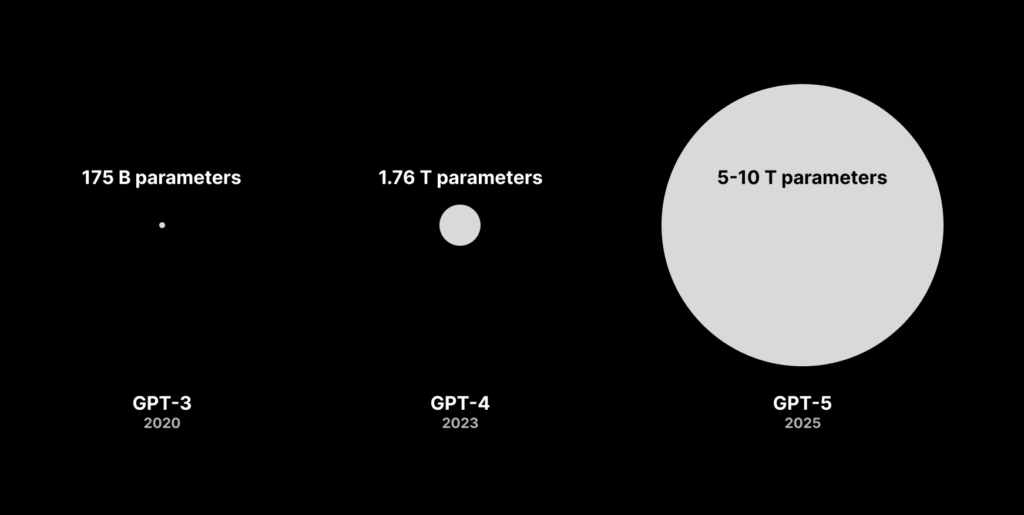
Key Features and Upgrades
- Multimodal Capabilities – GPT-5 is expected to process text, voice, images, and video, making it the most versatile AI model OpenAI has built.
- Stronger Reasoning with “Strawberry” (Q)* – OpenAI’s internal Strawberry system aims to improve mathematical, logical, and problem-solving abilities.
- Deeper Personalization – Customization features will allow the AI to adapt to user preferences, communication styles, and external data sources like email or calendars.
- Faster and More Efficient Responses – Thanks to chain-of-thought reasoning and massive computational power, GPT-5 should provide quicker and more accurate answers than GPT-4.
With AI becoming a core part of daily life, OpenAI’s focus with GPT-5 is clear: make AI smarter, more intuitive, and universally accessible. While the full details are still under wraps, all signs point to a transformative upgrade that could redefine the AI landscape.
Development, Costs, and Scaling
Developing a model as ambitious as GPT-5 comes with substantial challenges—both technical and financial. Here’s what we know about the behind-the-scenes efforts:
Training Costs and Hardware Requirements
Training GPT-5 is expected to be a massive endeavor. Estimates suggest that the training cost could range between $1.25 billion and $2.5 billion, with each major training run costing in the hundreds of millions. Such costs stem from:
- Massive Compute Requirements: Rumors indicate the need for anywhere between 250,000 to 500,000 Nvidia H100 GPUs or their equivalents.
- Enhanced Data Requirements: GPT-5 is expected to use significantly more data for reinforcement learning and chain-of-thought reasoning.
Scaling Challenges
The leap from GPT-4 to GPT-5 is not just about more parameters but also about the efficient integration of diverse AI tools:
- Unified Architecture: By combining different model capabilities into one system, OpenAI aims to simplify the user experience and reduce the overhead associated with switching between models.
- Economies of Scale: As hardware becomes more powerful and cost-effective, the overall expense of training such models is expected to decrease, despite the massive compute requirements.
A Look into Future Expenditures
Some community discussions speculate about even larger budgets for future models. For instance, GPT-6 might cost 10 times more than GPT-5 if the trend continues. While these numbers are speculative, they highlight the financial scale required to push the boundaries of AI technology further.
For further discussion on these estimates, refer to community insights on PYMNTS and related threads on YCombinator.
Implications for the AI Landscape
OpenAI’s roadmap for GPT-5 signals a transformative moment in the AI industry. Here are some key implications:
One of the most notable aspects of the announcement is the decision to provide free, unlimited access to GPT-5 for ChatGPT users (albeit at a standard intelligence level). This approach could potentially lower the barrier to entry for advanced AI tools, encouraging broader adoption and innovation.
The landscape is heating up. Competitors like DeepSeek y Google’s Gemini series are already making waves with their own models. By unifying its product lineup and offering free access to GPT-5, OpenAI is positioning itself to capture a larger market share and challenge these emerging players.
While there’s ongoing debate about whether GPT-5 will reach artificial general intelligence (AGI), the integration of sophisticated reasoning and multi-modal capabilities certainly brings it closer to that goal. This unified model could be a stepping stone towards more autonomous and adaptable AI systems in the future.
For everyday users, the elimination of the confusing model picker in favor of a single, integrated system means a more seamless and intuitive AI experience. Whether you’re using ChatGPT for casual questions or complex research, the system is designed to automatically leverage the right tools for the job.
Reflexiones finales
OpenAI’s recent announcement is a clear signal of its commitment to making advanced AI both more powerful and more accessible. With GPT-4.5 serving as a bridge, the upcoming GPT-5 promises to consolidate years of research into a unified system that caters to a wide range of user needs.
The blend of advanced reasoning, multi-modal capabilities, and streamlined user experience represents a significant evolution in AI technology. As we await the release of GPT-5—expected in the coming months—the industry will be watching closely to see how these advancements reshape our interaction with intelligent systems.
In summary, GPT-5 isn’t just another upgrade; it’s a bold step toward the future of AI, where simplicity, power, and accessibility come together in one intelligent package. Stay tuned for more updates as we continue to follow OpenAI’s groundbreaking journey.

